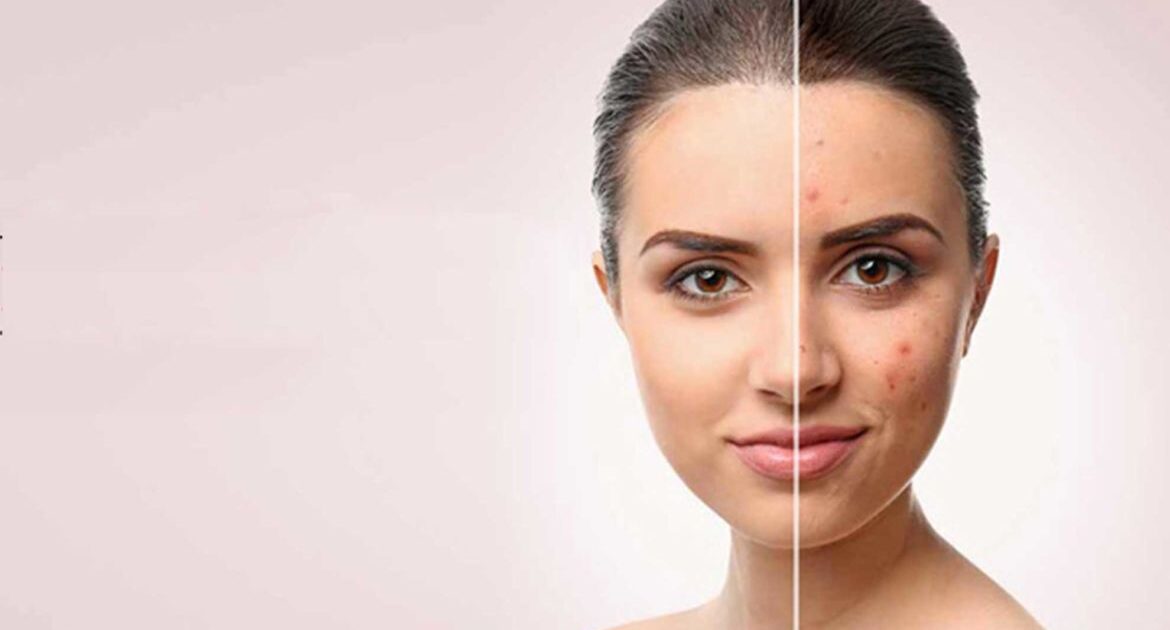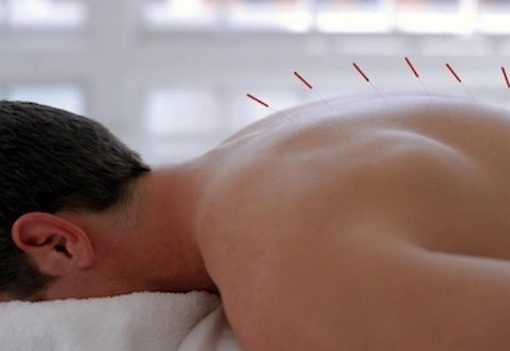Acne is a common skin problem that can leave behind unsightly scars. These scars are not only physically unappealing, but they can also take a toll on your self-confidence and self-esteem. There are different types of acne scars, each with their own specific characteristics. Understanding the different types of acne scars and how they form is crucial in finding the best non-surgical acne scar treatment options to help improve their appearance.
In this article, we will delve into the various types of acne scars, the formation process, and the most effective non-surgical cosmetic treatments available to diminish their appearance. So, whether you have just recovered from acne or are still struggling with this frustrating condition, this blog will provide you with the information you need to treat and prevent acne scars.
Types of Acne Scars: A Comprehensive Guide
Acne scars come in two main types: atrophic and hypertrophic. Atrophic scars are depressions or indentations in the skin, and can be further categorized into ice pick, rolling, and boxcar scars. Ice pick scars are small, deep holes, while rolling and boxcar scars have smoother edges and are wider.
Hypertrophic scars are raised, usually thick and firm, and can sometimes even continue to grow beyond the original wound. Keloid scars are a specific type of hypertrophic scar that grows beyond the boundaries of the original injury.
Acne scarring is a result of a complex inflammatory response and poor wound healing, making it important to treat acne early and effectively to minimize the risk of scarring. A board-certified dermatologist can recommend several non-surgical cosmetic treatments such as chemical peels, dermal fillers, microneedling, and laser therapy to address acne scars.
Understanding the Formation of Acne Scars
Acne is a common skin condition that affects many people of all ages, with up to 80% of individuals between the ages of 11 and 30 experiencing it. Inflammation of acne blemishes can result in scarring, with the severity of scarring correlating to acne grade. Atrophic scars are the most common type of acne scar and result from an altered wound-healing response to cutaneous inflammation.
This involves inflammatory cell infiltrates in 77% of atrophic scars. Acne sequelae, such as post-inflammatory erythema and hyperpigmentation, can also contribute to the formation of scars. Scar formation involves changes to collagen production and structure.
The Role of Collagen in Scarring
Collagen plays a crucial role in the scarring process. When the skin is injured, collagen fibers work to repair and rebuild the damaged tissue. In the case of acne scars, inflammation triggers the breakdown of collagen, resulting in depressions or raised scars on the skin. To address this issue, various non-surgical cosmetic treatments have emerged, such as injecting collagen, fat, or other substances under the skin to plump up the scars and make them less noticeable.
Another option is injecting steroids into raised scars to improve their appearance. There are also energy-based procedures using pulsed light sources, radiofrequency devices, and chemical peels that can help reduce scarring. Additionally, microneedling and subcision techniques stimulate collagen production in the underlying tissue and are minimally invasive options for treating acne scars.
Non-Surgical Cosmetic Treatments for Acne Scars
Non-surgical cosmetic treatments are a popular option for improving the appearance of acne scars. Here are some of the most effective acne scar treatments in Singapore:
Rejuran S
Rejuran S is a recently developed treatment for acne scars that has shown promising results. It uses a small needle to inject polynucleotide, a substance found in DNA, into the skin. This stimulates collagen production, reducing the appearance of scars and improving the overall texture of the skin. Rejuran S can also help with skin elasticity and hydration. However, it is important to note that results may vary depending on the severity of the scarring and the individual’s skin type. It is recommended to consult with a dermatologist to determine if Rejuran S is a good option for treating your acne scars. In general, non-surgical cosmetic treatments offer a low-risk, effective way to improve the appearance of acne scars without the need for invasive procedures.
Dermal Fillers
Dermal fillers can also be used to treat acne scars. They work by filling in the depressed areas of the skin to raise them up to the level of the surrounding skin. One type of filler that has been shown to be effective for acne scars is Bellafill. It is made of PMMA microspheres suspended in a collagen gel.
Pico Laser
Pico Laser is a non-invasive laser treatment that uses short pulses of energy to target acne scars. It works by breaking up the scar tissue and stimulating the production of collagen, which can help improve the texture and appearance of the skin. Pico Laser is also effective in treating post-inflammatory hyperpigmentation, a common type of acne scar in patients with darker skin tones. The treatment is relatively painless and does not require any downtime, making it a popular option for those with busy lifestyles.





